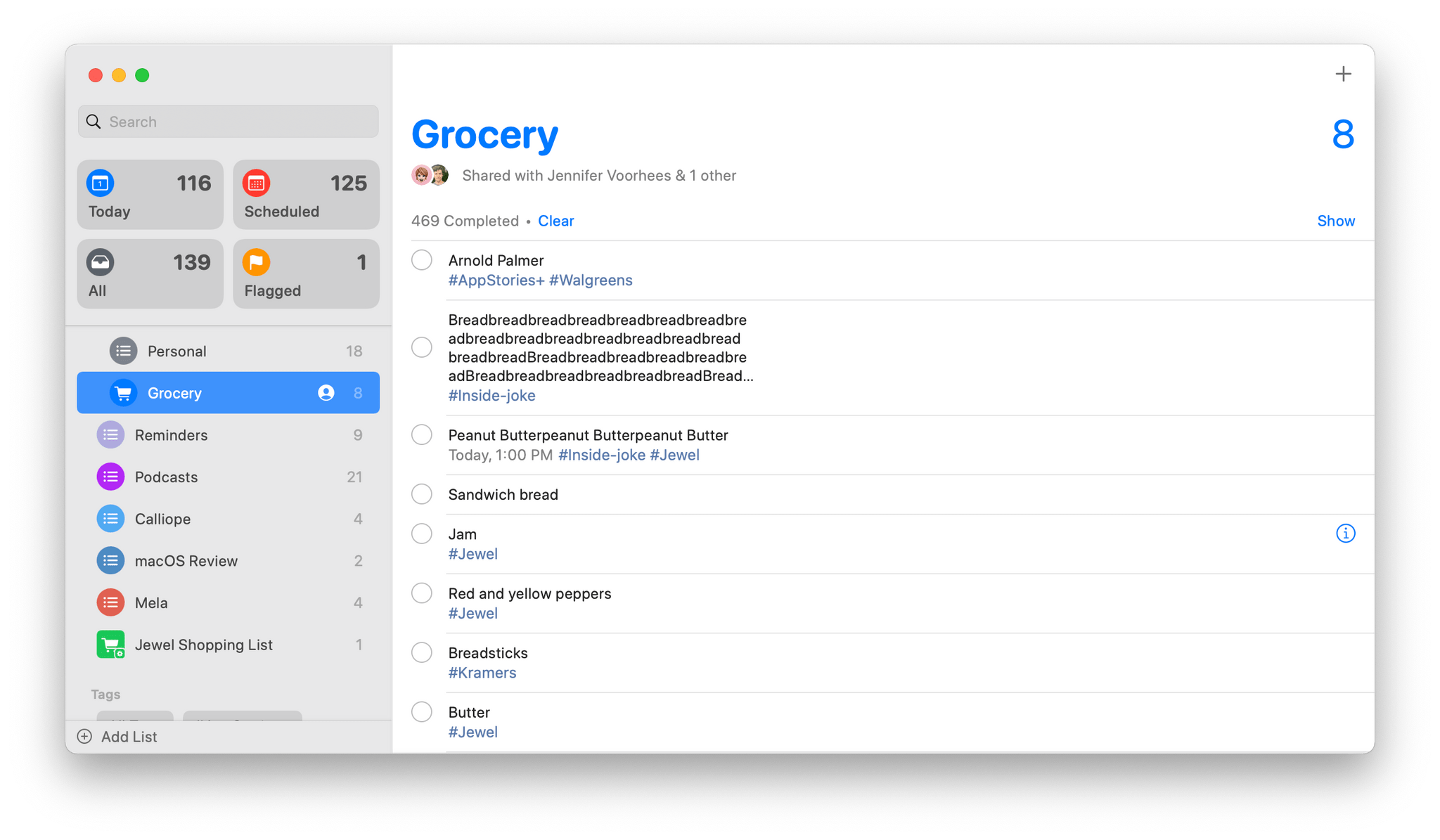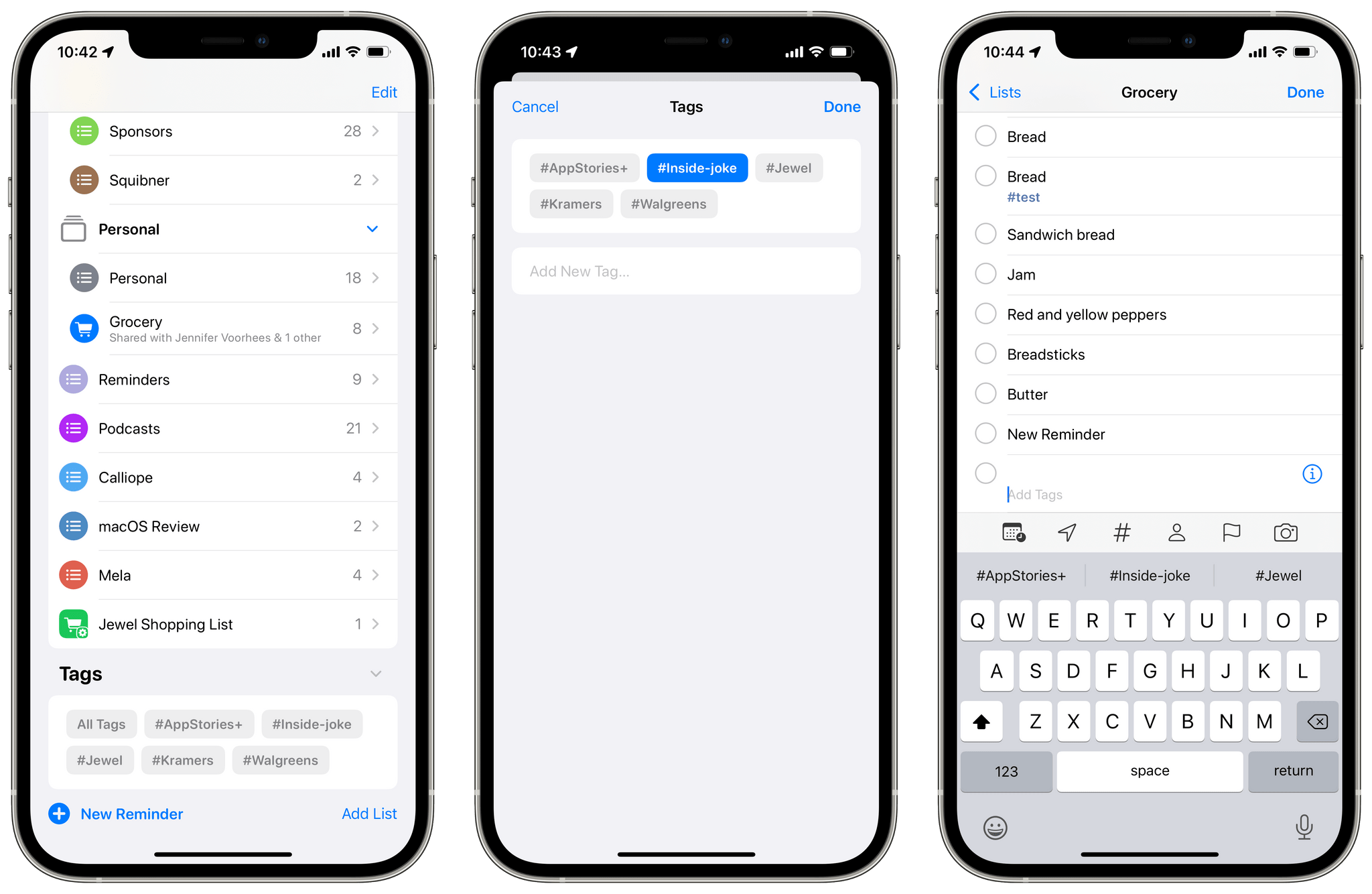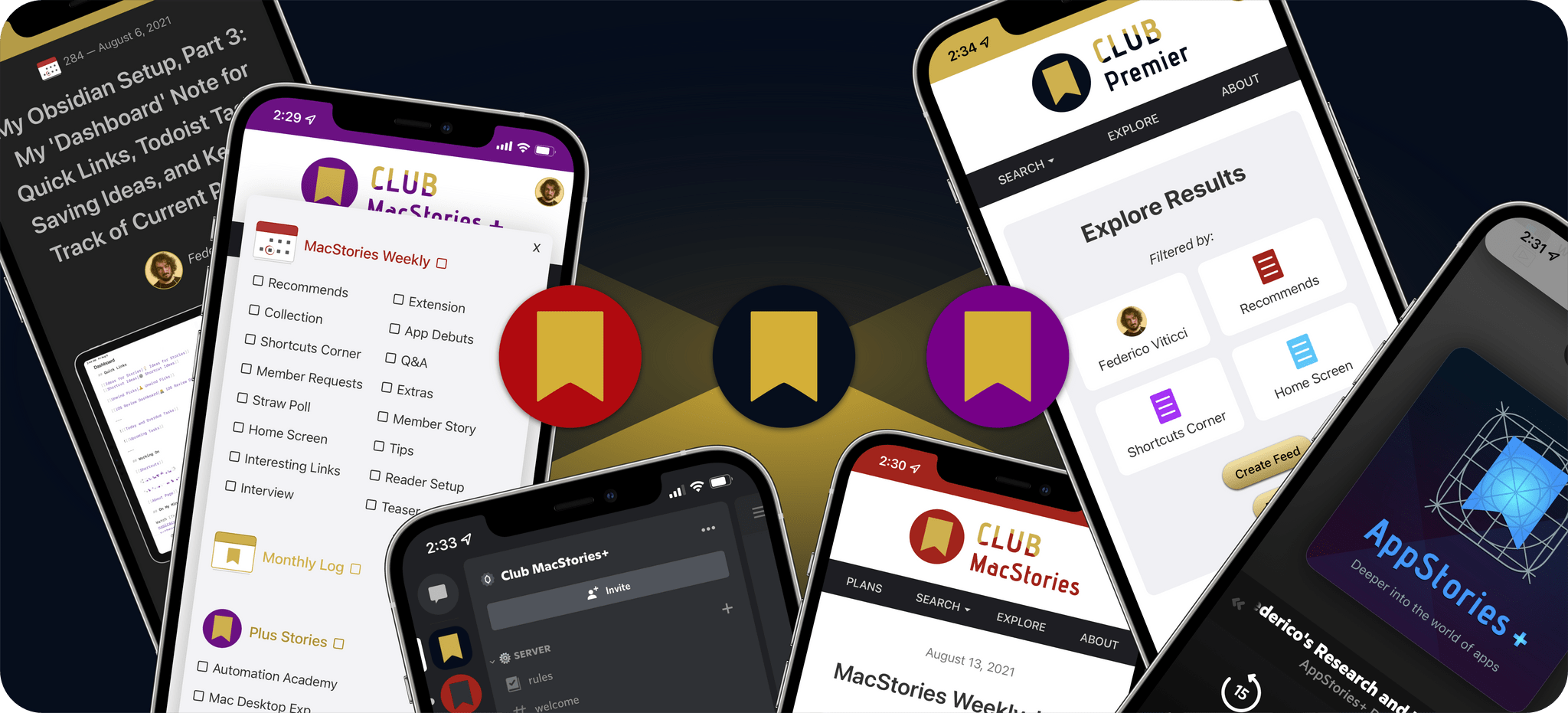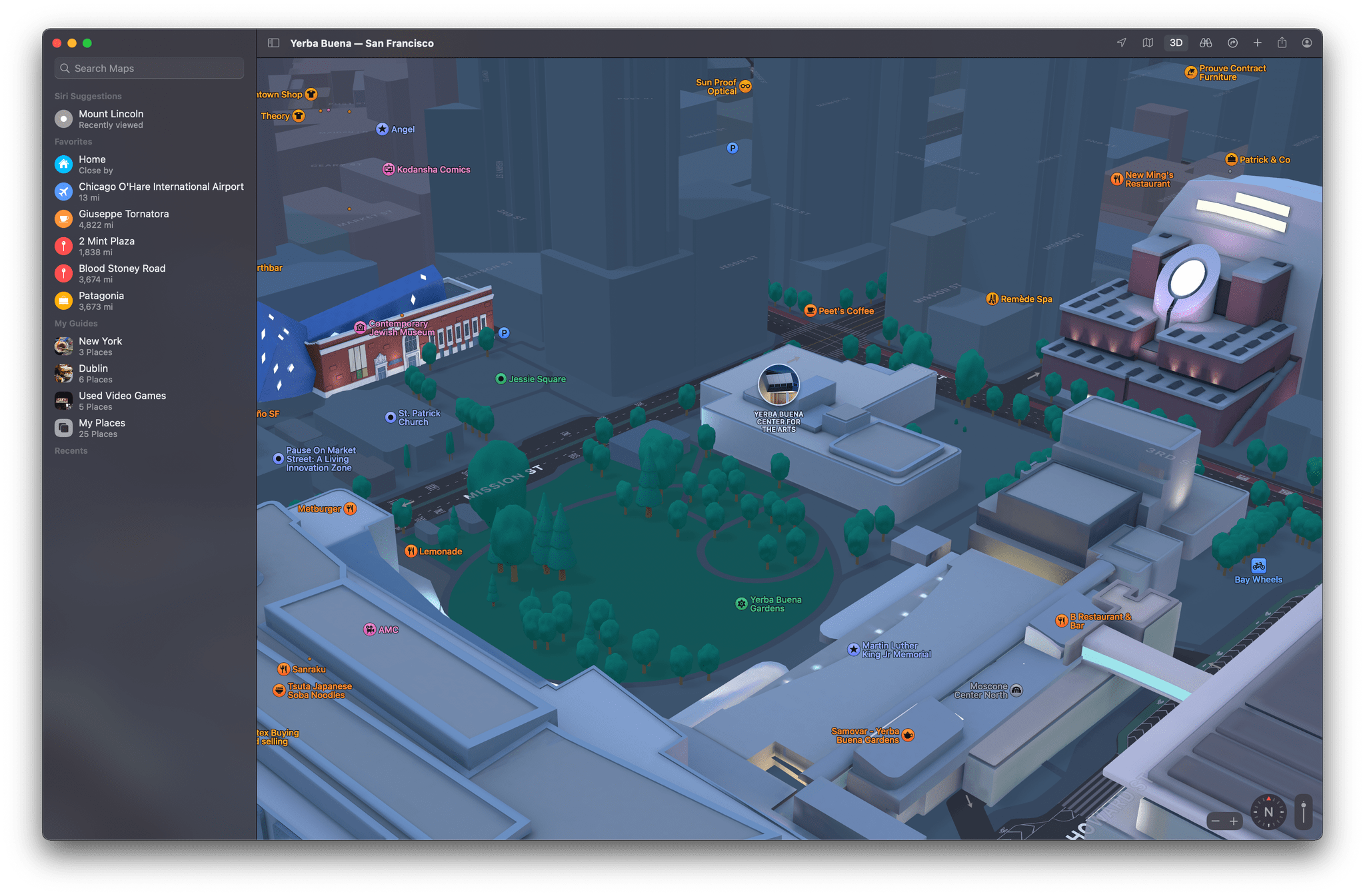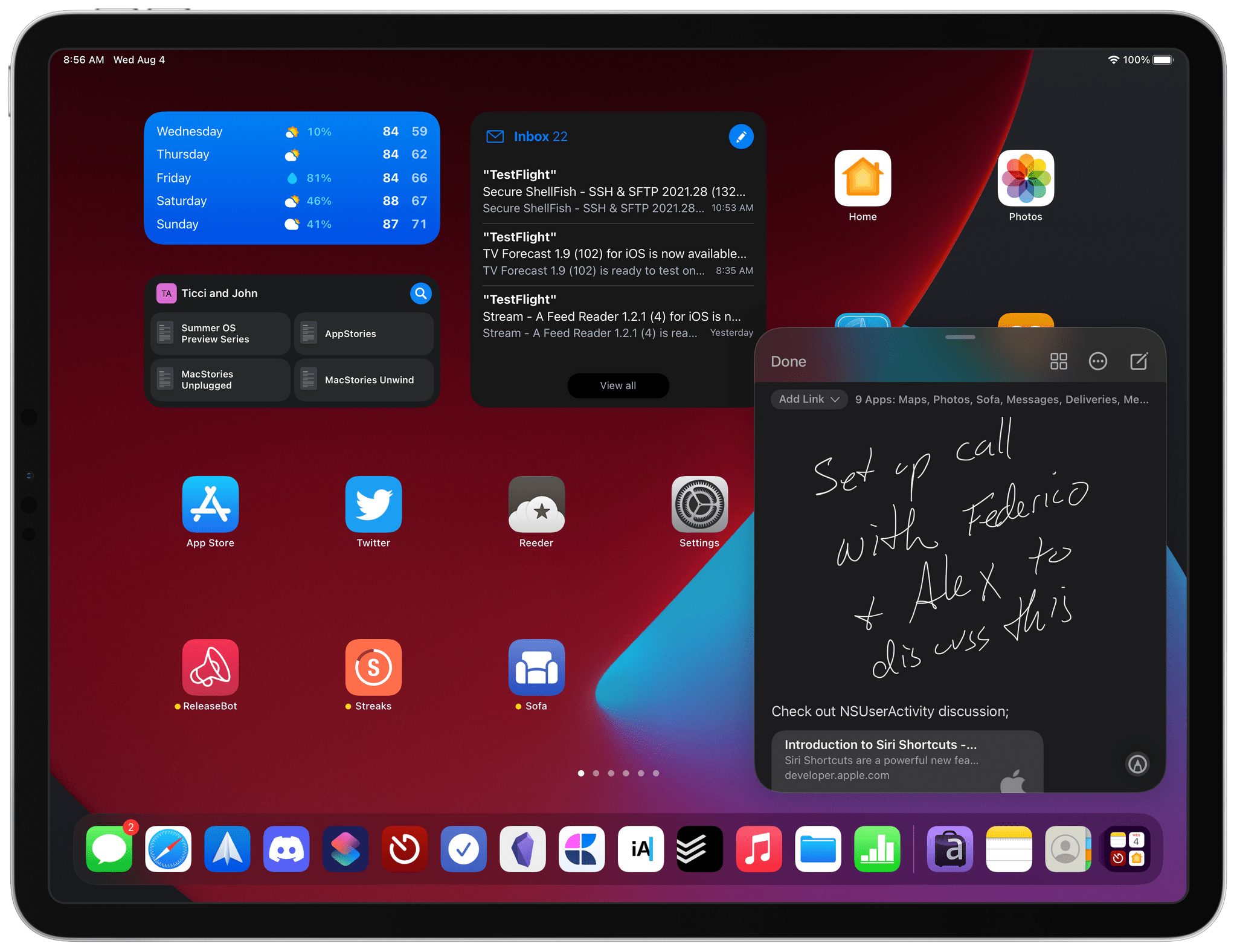Yesterday, US District Judge Yvonne Gonzalez Rogers decided Epic Games’ antitrust lawsuit against Apple, delivering a ruling in favor of Apple that comes with significant caveats. Although the Judge found that Apple‘s operation of the App Store isn’t an exercise of monopolistic power, she concluded that App Review Guidelines and related provisions of its agreements with developers foster a lack of pricing transparency store-wide that undermines competition under California law. So, while the decision is undeniably a win for Apple in many respects, it’s also a decidedly mixed bag. I’ve taken the time to read Judge Gonzalez Rogers’ 185-page decision and having written an in-depth look at the issues going into the trial, I thought I’d follow up with what the Court’s ruling is likely to mean for Epic and Apple as well as all developers and consumers.
Posts in stories
What Does It All Mean?: A Look at Judge Gonzalez Rogers’ Decision in the Epic Versus Apple Trial
FaceTime’s Audio and Video Take a Leap Forward With Apple’s Upcoming iPhone, iPad, and Mac OS Updates
FaceTime has been a centerpiece feature across all of Apple’s platforms for a long time. However, with the pandemic, it became more important than ever, playing a critical role in the way friends and family have stayed connected. Of course, FaceTime isn’t the only way have kept in touch. The app had plenty of competition from Zoom, Skype, and other services.
So, it’s not surprising that this year’s FaceTime updates focus on fundamentals like audio and video quality and making the app available outside of Apple’s ecosystem, allowing it to compete better with other services. Nor is it surprising that Apple announced SharePlay, which won’t ship until later this fall, so friends and family who can’t be together can still enjoy synchronized group activities like watching a video or listening to music. I’m skeptical that SharePlay will be the hit that Apple’s marketing suggests the company hopes it will be, but even putting SharePlay aside, the app is getting some major improvements that I think everyone will appreciate, so let’s dig in.
Apple’s Fall OS Updates Promise Deeper HomeKit and Entertainment Integration
Apple’s fall OS updates will include a variety of HomeKit and home entertainment features. Unsurprisingly, some of those changes can be found in the company’s Home and TV apps, but this year, those apps only tell part of the overall story. To get the full picture, you need to zoom out from the apps, where you’ll find an interesting mix of new smart home device and entertainment features sprinkled throughout each platform.
Let’s start with HomeKit devices. This year, many of the changes coming to Apple’s OSes relate to two important categories: video cameras and door locks. Controlling both types of devices will become easier this fall, thanks to deeper integration with the upcoming OS releases.
Reminders’ Smart Lists Put Unprecedented Control in the Hands of Users
A couple of years ago, Apple transformed Reminders from a simple checklist-style task manager into something far more robust. It was a surprising but welcome update that made the app a good choice as the sole task manager for many users. Reminders is back with more surprises this year, including tagging and Smart Lists features, which I didn’t expect. Both new features work together to make it easier than ever to manage your tasks in Reminders, which by itself makes this year’s update to Reminders worth checking out. However, the update may indicate something broader too: that Apple is more receptive to providing users with greater control over how they use the iPhone and iPad’s stock apps, an exciting possibility that I hope comes to pass.
Tags are brand new to Reminders and probably the most surprising addition to the iOS and iPadOS 15 versions of the app. Tags aren’t anything new to task management apps in general, but user-defined tags haven’t historically been available in Apple’s iPhone and iPad apps.
The design of Reminders’ tagging system makes it easy to get started. When you add a new task, there’s a field just below Notes for adding tags. Just start typing a name for your tag, and when you tap the Space bar, hit return, or type a comma, a hashtag is added to the beginning of the tag, and it changes to Reminders’ purplish accent color. Sorry, no spaces are allowed in your tags.
Building Calliope: A Technical Journey Through MacStories’ Big Software Project
Last week the MacStories team launched Project Calliope, an enormous new software project that we’ve been working on tirelessly for the last year. If you’ve been following along, you’ve heard us describe Calliope as a CMS; but from a software-engineering perspective, it’s actually a whole lot more. While we introduced Calliope as the foundation of our all-new Club MacStories and AppStories websites, we have much bigger plans for the new platform going forward. This is the foundation for the next generation of MacStories, from the website itself to many special projects in the future.
We’re extremely proud of what we’ve created here, and as the sole developer of Calliope, this post will be my deep dive into the more technical side of the project. Fair warning: this will be easier to follow if you’re a software developer (particularly a web or back-end developer), but I’ll be doing my best to give understandable explanations of the technologies involved. I also just want to talk about the journey we took to get here, the challenges we faced along the way, and the factors that drove us to this particular set of solutions.
Automation Academy and The Macintosh Desktop Experience: Exclusive Monthly Features for Club MacStories+ and Club Premier Members
MacStories’ roots are in writing, so it’s only natural that Club MacStories+ and Club Premier are expanding beyond our weekly and monthly newsletters to offer two new exclusive features: Automation Academy and The Macintosh Desktop Experience. Freed of the constraint of an email newsletter, Federico and I will be tailoring our columns to take advantage of the new features made possible by Calliope, the web app that powers the new Club website.
Let’s take a look at what members can expect.
Introducing the All-New Club MacStories: New Tiers for More Original Content, Discord Community, Search and Custom RSS, and Our New ‘Calliope’ Web App
TL;DR: Today, we’re announcing the all-new Club MacStories featuring two additional tiers: Club MacStories+ and Club Premier. The new plans offer extra content, a brand new, powerful web app to read Club articles on the web with advanced search and RSS features, exclusive discounts, and a new Discord community.
Club Premier is the ultimate plan that includes all of Club MacStories, Club MacStories+, and the new extended, ad-free AppStories+ podcast in a single, $12/month package. It is the best value and the easiest way to get access to everything we do. It is, effectively, the MacStories all-access pass.
You can find out more on our new Plans page and sign up or upgrade there. Nothing is changing for the regular Club MacStories tier; in fact, we’re giving existing members access to our new web app at club.macstories.net as well. Existing Club members can choose to upgrade their existing accounts to the new tiers.
Today, we’re launching the future of Club MacStories and MacStories itself. Read on for the full announcement below.
Apple Maps for iOS and iPadOS 15 and macOS Monterey: The MacStories Overview
Maps is unique among Apple system apps. Most system apps, like Notes or Reminders, are only updated at the same time that major revisions of the company’s underlying operating systems are released. Tweaks are sometimes made with OS point releases but never separate from the OS updates themselves.
Maps is different because so much of the experience is tied to the data that the app delivers. That allows Apple to add mid-cycle updates that aren’t tied to an OS release. There are many recent examples, like the addition of COVID-19 travel guidance for airports, vaccination site locations, and places offering volunteer opportunities. At the same time, the company continues to expand and enhance the accuracy and detail offered by Maps at a deeper level with its ongoing initiative to rebuild the app’s underlying maps worldwide.
Apple has been at it, improving Maps since iOS 6, and it’s a task that by definition will never truly be finished. However, the introduction of new features in recent years and broader expansion of its effort to deliver rebuilt maps to more of the world has allowed Apple to refine the app across the board. Using the latest map data the company has collected has enabled it to redesign the Maps experience, providing more relevant information to users, and expanding its view of the world around us.
Fast Capture with Quick Note for iPad and Mac: The MacStories Overview
When I’m researching, speed is essential. Whether I’m planning a family trip or preparing to write a story like this one, the first step is research, which starts with collecting information. This stage is almost always a speed run for me, no matter the context. That’s because the goal is collecting. Reading, thinking, organizing, and planning come later.
There is an endless number of apps and automations for collecting information, but I’ve always found that the best options are the lightest weight. You don’t need to fire up a word processor to collect links, images, and text, for example. By the same token, though, a plain text editor doesn’t always fit the bill either, reducing links to raw URLs and often not handling images at all. Moreover, the notes you take are completely divorced from their source, losing important context about why you saved something.
This fall, when iPadOS 15 and macOS Monterey are released, Notes will gain a new feature called Quick Note that’s designed to handle this exact scenario. Quick Note can be summoned immediately in a wide variety of ways on both platforms, and your notes are stored where they can be easily found again. Best of all, notes can be linked to their source material in apps that support NSUserActivity, a virtual Swiss Army Knife API that enables a long list of functionality across Apple’s devices.
Notes needs work to make it easier to get the information you gather with Quick Note out of the app, but already, there is a long list of apps that support the feature thanks to the wide use of NSUserActivity among developers. Some years, Apple introduces interesting new features that I hope will take off, but there’s a lag because they’re based on new technologies that developers don’t or can’t support right away due to compatibility issues with older OS versions. Quick Note isn’t like that. Even during the beta period, it works with apps I use that haven’t done anything to support it. As a result, I expect we’ll see many developers support Quick Note this fall.
Although Quick Note already works well on the iPad and Mac, there’s still more Apple can do to make it more useful. Chief among the feature’s drawbacks is that its capture functionality is nowhere to be found on the iPhone, which is disappointing. There are also many built-in system apps that would benefit from the sort of tight integration with Quick Note that Safari has implemented but don’t yet.
Let’s take a closer look.





